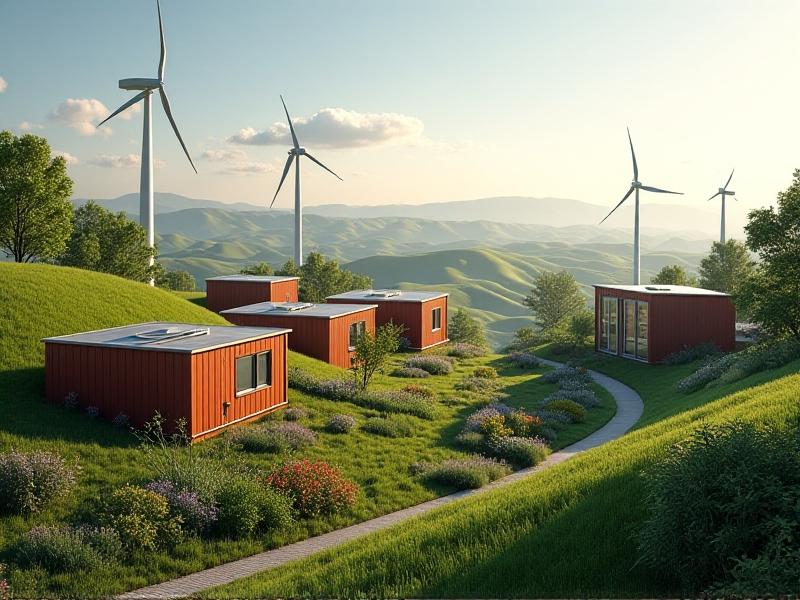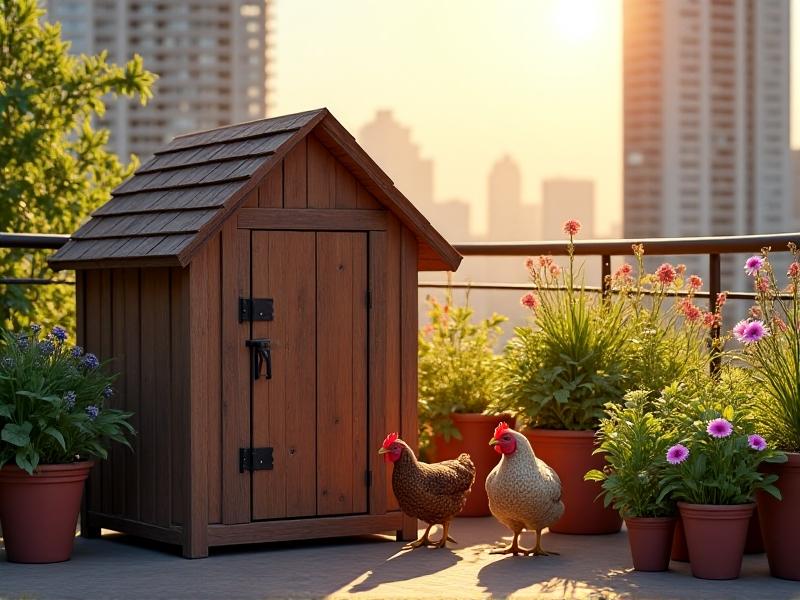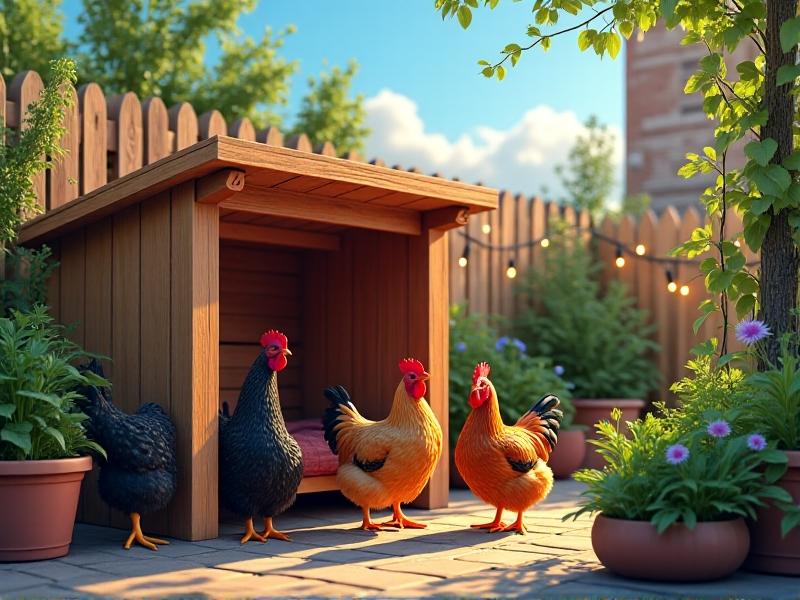Modular Coop Systems: Flexibility for Changing Urban Needs
The Rise of Modular Coop Systems in Urban Landscapes

Urban environments are evolving rapidly, driven by population growth, shifting economic demands, and the urgent need for sustainable living solutions. Traditional infrastructure often struggles to keep pace with these changes, leading to inefficiencies and urban sprawl. Enter modular coop systems—flexible, scalable structures designed to adapt to the dynamic needs of modern cities. These systems combine modular construction techniques with cooperative principles, enabling communities to customize spaces for housing, commerce, and public use. By reimagining how urban spaces are built and managed, modular coops offer a blueprint for resilient, people-centric cities.
Defining Modular Coop Systems: Beyond Prefab Construction

Modular coop systems are more than just prefabricated buildings. They represent a holistic approach to urban development, integrating physical design with social and economic frameworks. Each module can function as an independent unit or connect seamlessly with others, supporting mixed-use configurations—residential lofts above shared workspaces, pop-up retail units beside community gardens. Unlike conventional construction, these systems prioritize adaptability: walls can be reconfigured, floors expanded, and utilities upgraded without demolition. Cooperative ownership models further distinguish them, allowing residents or businesses to collectively govern spaces, share resources, and reinvest in community-driven upgrades.
Adapting to Urban Density and Shifting Demographics

As cities grow denser, modular coops address two critical challenges: space optimization and demographic diversity. Young professionals, aging populations, and migrant communities often have conflicting needs, but modular systems allow neighborhoods to evolve in real time. A housing coop might convert ground-floor modules into daycare centers as more families move in, or retrofit units with accessibility features for elderly residents. Temporary modules can also alleviate pressure during events or crises—think pop-up medical clinics during a pandemic or emergency housing after a natural disaster. This flexibility ensures cities remain inclusive and responsive without relying on rigid master plans.
Sustainability Through Modular Design and Resource Sharing

Sustainability is at the core of modular coop systems. Modular construction generates less waste than traditional methods, as components are precision-engineered off-site. Energy-efficient materials and passive design principles—such as cross-ventilation or solar orientation—reduce long-term carbon footprints. Cooperative models amplify these benefits: shared amenities like laundries, kitchens, and renewable energy grids minimize redundant infrastructure. In Stockholm’s FRI coop, residents collectively manage a district heating system, cutting energy costs by 40%. By merging ecological design with communal resource management, these systems prove that urban living can be both environmentally responsible and economically viable.
Case Studies: Modular Coops Transforming Cities Worldwide
From Tokyo to Berlin, cities are experimenting with modular coop models. In Vancouver, the Housing Catalyst Initiative repurposed underused office towers into modular co-living spaces, offering affordable rents to artists and gig workers. Berlin’s Coopolis transformed a vacant factory into a cooperative hub with studios, cafes, and event spaces—all housed in interchangeable modules. Meanwhile, Mexico City’s Vecindades Modulares program replaced slums with earthquake-resistant modular homes, co-designed by residents. These examples highlight how modular coops can revitalize urban areas while fostering social equity and cultural vibrancy.
Overcoming Barriers: Policy, Costs, and Public Perception
Despite their potential, modular coop systems face hurdles. Zoning laws often favor permanent structures, complicating approvals for adaptable projects. Construction costs, while lower long-term, require upfront investment that deters risk-averse developers. Public skepticism also persists—some associate modular housing with low-quality “quick fixes.” To overcome these barriers, cities like Amsterdam have introduced “living lab” zoning, allowing experimental builds in designated areas. Financial incentives, such as tax breaks for cooperative ownership, further encourage adoption. Education campaigns showcasing successful projects can shift perceptions, proving that modular coops are durable, desirable, and deeply community-oriented.
The Future of Urban Living: Co-Creation and Smart Integration
Looking ahead, modular coop systems will likely integrate emerging technologies to enhance adaptability. Smart modules equipped with IoT sensors could monitor structural health or adjust energy use based on occupancy. Blockchain might streamline cooperative governance, enabling transparent voting on space allocations or budget decisions. Crucially, these advancements must remain rooted in human needs—spaces that foster connection, creativity, and resilience. As cities grapple with climate change and inequality, modular coops offer a path toward equitable urbanization, where communities shape their environments as fluidly as their lives demand.








